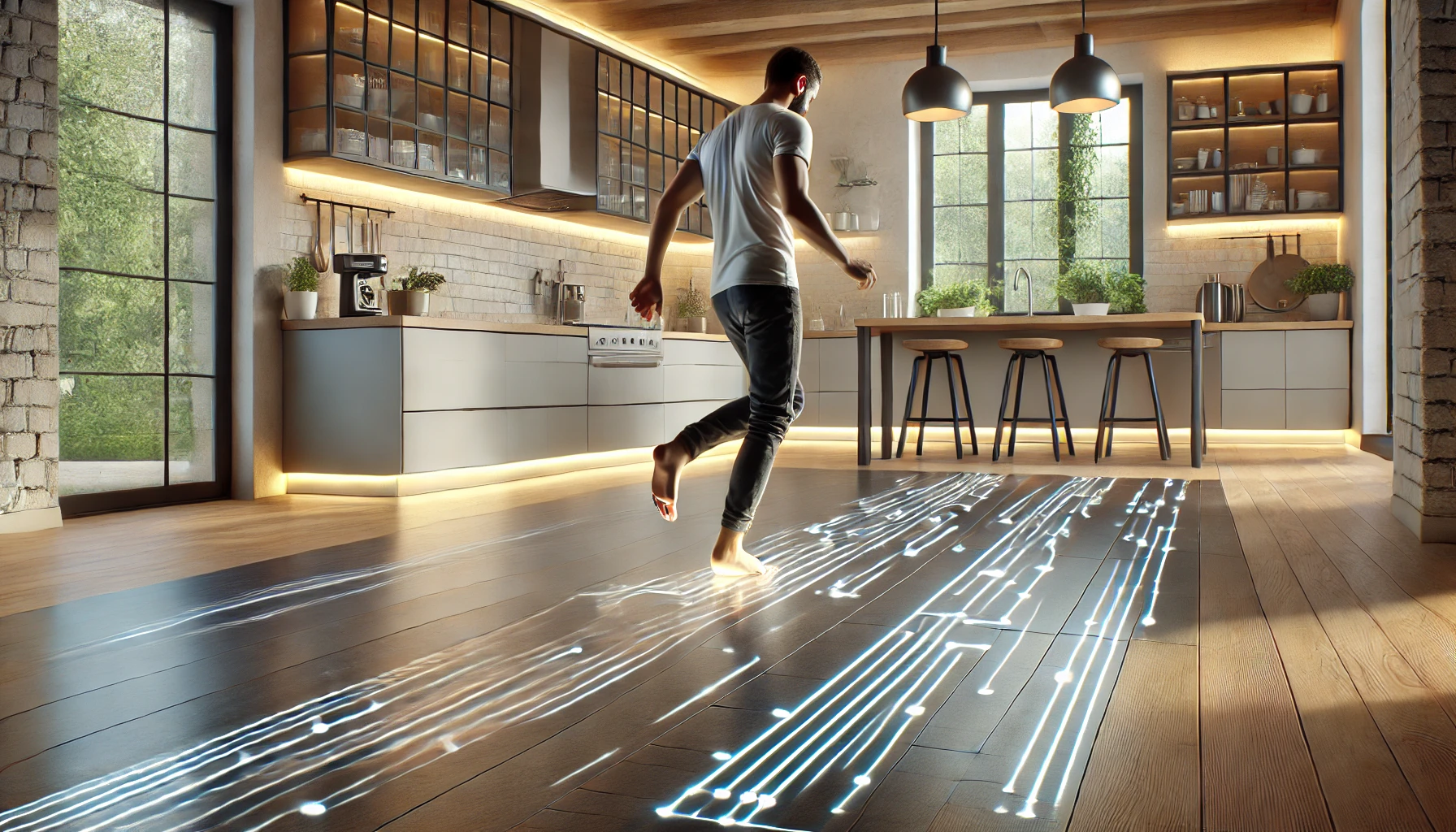In the world of energy, innovation often looks a lot more familiar than we might expect. As we face a global push toward renewable resources, scientists and engineers are starting to look beyond massive wind farms and sprawling solar panels, homing in on things we encounter every day—our shoes, our walls, even our kitchen leftovers—as potential energy sources. This is no longer the realm of sci-fi; the shift toward an “everyday energy” revolution might be happening sooner than we think.
Here’s a glimpse into how, with a mix of humor and awe, these unassuming items in our homes and daily lives might help power our world in the near future.
Kinetic Shoes: Turning Steps into Watts
Imagine this: every step you take is not just a calorie-burner, but a mini energy source. Researchers have been experimenting with piezoelectric materials—substances that generate a small electrical charge when subjected to stress (like the pressure from a step). These materials can now be embedded into shoe soles, capturing the energy from our movements. Picture plugging in your phone for a charge after a long walk or a gym session. The technology is still in its early stages, but with each step, we’re getting closer to wearable energy.
It might sound a bit like a gimmick, but the potential is real. If we could harness the kinetic energy from an entire city’s worth of commuters, we could offset a significant portion of daily power use. This, paired with the rapidly improving efficiency of microgenerators, could make energy-producing wearables an actual part of our lives.
And think about it: all those daily steps could finally serve a purpose beyond counting toward a fitness goal! Talk about efficient multitasking.
Solar Paint: Making Your Walls Work
Let’s face it—walls don’t typically do much. They’re just…there, supporting pictures and the occasional cat scratching post. But imagine a world where every square inch of wall, inside and out, could serve a purpose beyond aesthetics.
Enter solar paint. Scientists are developing this miracle liquid, capable of capturing sunlight and converting it to usable energy. With solar paint, any wall with a decent amount of sunlight exposure could potentially produce power. Picture it: apartments in sunny cities producing part of their energy needs right from their exteriors, or even the endless sea of suburban homes making themselves useful. Researchers are working with semiconducting materials that can be applied like regular paint and connect to a home’s power system.
This tech is a huge step forward in terms of accessible solar power. Not everyone can install solar panels (hello, apartment-dwellers!), but painting your walls? That’s a different story. Solar paint promises to make renewable energy cheaper and more widespread. If we get to the point where every home has an energy-generating paint job, we’re looking at a new kind of power grid—one built on thousands of tiny generators.
Piezoelectric Floors: Power Beneath Your Feet
Now, if you’re wondering why we’re still talking about piezoelectricity—yes, it’s that promising! Picture this scenario: you’re walking across your kitchen floor, maybe dancing a little while making your coffee, and every step, every hop, every shuffle sends a little bit of energy into the grid.
Piezoelectric flooring is already being tested in some high-traffic areas. Imagine it under the floorboards of busy train stations, shopping malls, or stadiums. Every single footstep could send a small charge, which, when multiplied by the thousands, could generate substantial power. In 2016, for instance, a dance floor in a Rotterdam club incorporated piezoelectricity to help power the building while people partied. (Isn’t that just the future we’ve always dreamed of?)
Installing piezoelectric floors in homes and public spaces could be a low-profile way to harness human energy without any major lifestyle changes. People simply move around, and the floors capture the energy. It’s a seamless way to incorporate renewable energy into our lives, turning everyday actions into a power source.
Food Waste: Composting Energy, Not Just Soil
One of the major uncharted territories for everyday energy is…well, rotting food. It sounds a bit gross, but it’s true—leftover scraps and organic waste are being eyed as a potential source of bioenergy. Through anaerobic digestion, food waste can be broken down in a way that produces methane, a type of biogas that can be captured and used as fuel.
This means our spoiled veggies, banana peels, and leftovers might actually be more valuable than we give them credit for. Biogas has been used for a while, but as more people turn to composting, food-waste energy production becomes an attractive home-scale possibility. Imagine community-based digesters where local food waste generates power for nearby homes or even individual household digesters for composting enthusiasts.
And let’s be honest, there’s something poetically satisfying about converting a pile of wilted lettuce into a source of power for your kitchen. What better revenge on wasted food than making it work a little harder?
Smart Windows: Let the Sun Shine In
Our windows are notorious energy suckers, either letting in too much heat in the summer or leaking warmth in the winter. But imagine windows that don’t just block or let in light but capture it. Smart window technology is evolving quickly, using electrochromic materials to adjust transparency based on sunlight and even generate electricity in the process. It’s a bit like the transition lenses that darken in sunlight—except these are actually useful for power.
Smart windows, as they improve, could eliminate a ton of energy waste. By generating power during the day and reducing the need for climate control, they’re the ultimate dual-purpose tool in home efficiency. And the best part? They’re on the horizon of being affordable and available. For high-rise buildings, large corporate offices, or just homes with a lot of windows, smart glass could soon help cut down on energy bills while supplying some extra power for gadgets.
The Road Ahead
As everyday items are reimagined as energy sources, a subtle shift in our relationship with technology and nature might be unfolding. By drawing power from things we typically ignore, like footsteps or food scraps, the world of renewable energy can move from niche to normalized, right into our kitchens, walls, and sidewalks.
It’s exciting to think about a future where everything around us could chip in on the energy front. Our steps could power lights, our walls could charge gadgets, and our food scraps could fuel cooking. Energy won’t have to come from “the grid” so much as from all around us. Every piece of our world could do a little bit, making the whole system stronger—and maybe, just maybe, helping us step a bit more lightly on the planet.
Who knows? Maybe the solution to our biggest energy problems has been right under our noses all along—one step, one wall, and one banana peel at a time.





